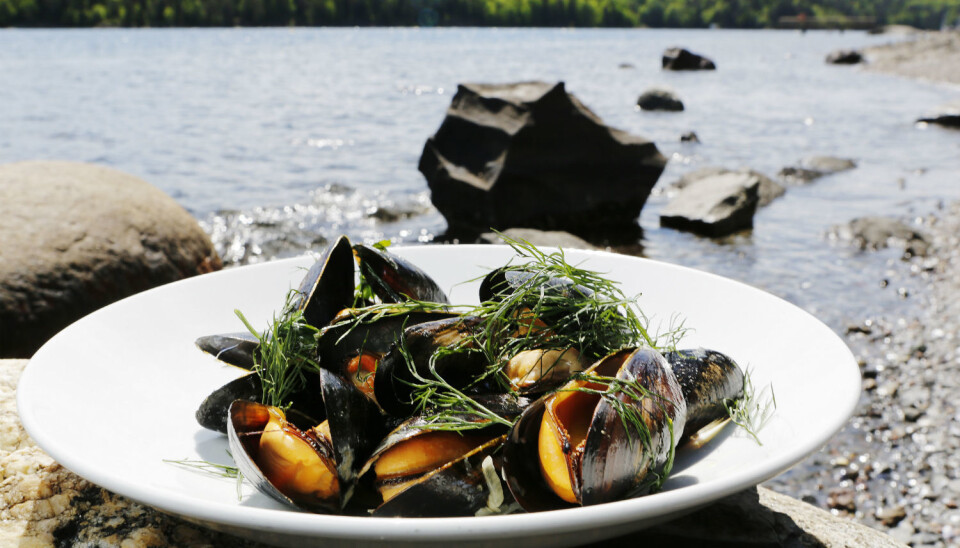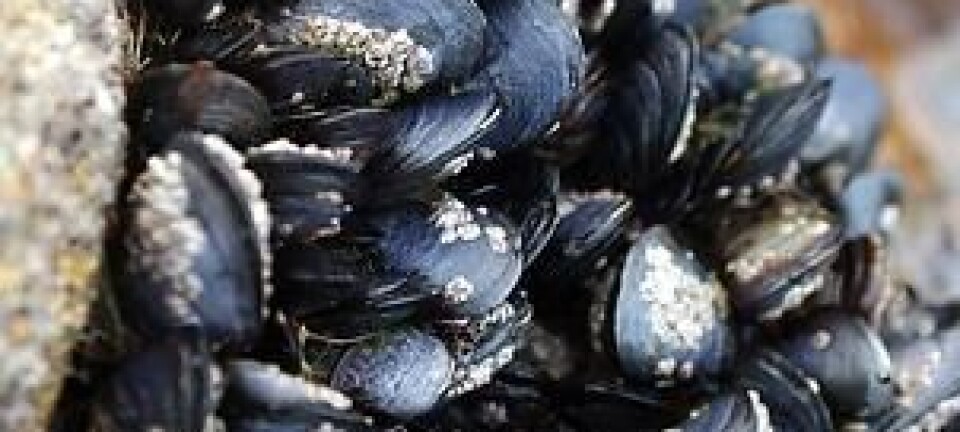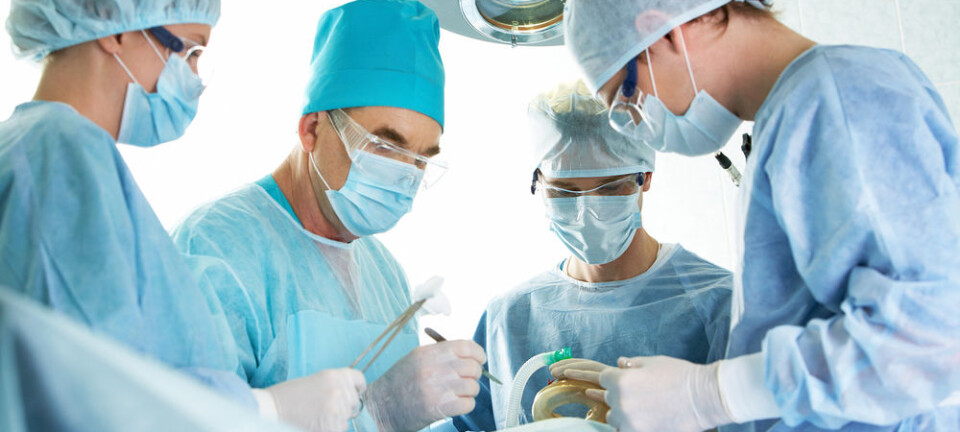An article from University of Oslo

A new way of detecting toxic mussels
The discovery of a poison gene can make it easier and cheaper to check whether mussels are safe to eat.
Denne artikkelen er over ti år gammel og kan inneholde utdatert informasjon.
Poisonous mussels contain the extremely dangerous and paralyzing neurotoxin saxitoxin. This neurotoxin is the cause of paralytic shellfish poisoning (PSP).
The first symptoms include numbness in the mouth and lips, spreading to the face and neck. Then, the discomforts come in abundance: headache, dizziness, slurred speech and reduced motor function. The most serious poisonings can lead to fatal paralysis.
The toxin is 1,000 times more potent than sarin nerve gas. Each year, 2,500 people worldwide are affected by this ominous poisoning. Mortality ranges from 2 to 14 percent. Most cases are mild and pass without incident in three to four days.
Cooking won't help
The problem is that the toxin will not disappear even when the mussel is cooked.

“The toxin is flavourless. Since it takes a week to obtain a response, eating fresh, self-harvested mussels is something of a gamble,” warns Russell Orr, researcher at the Department of Biosciences, University of Oslo (UiO).
Current toxicity-checks are time-consuming and expensive.
But now, Orr and his collegues, Professor Kjetill S. Jakobsen and post‑doc researcher Anke Stüken, have developed a method that can tell whether mussels are poisonous within a few hours. It is also a lot cheaper.
The origin of the toxin
In cooperation with the University of New South Wales in Sydney, UiO has identified the gene responsible for the production of the toxin.
And the DNA test leaves no doubt as to the source: It comes from the algae, not from bacteria inside the mussel.
Previously, there were many theories about the origin of the toxin. Many believed that it was produced by small bacteria inside the mussel.
“We have discovered that the genes producing the toxin stem from algea,” Orr says.
The toxin stems from certain dangerous algae in a group known as dinoflagellates, including a sub‑group called Alexandrium. The toxin accumulates in shellfish, since they feed by filtering seawater that occasionally contains poisonous algae.
In hot climates there are two extremely poisonous species of Alexandrium.
“The problem is especially great in tropical areas such as Indonesia, the Philippines, Thailand and Malaysia,” says Orr.
The poison gene has been found
But even if Alexandrium is detected in water samples, this does not have to mean that the toxin is present. Not all species of Alexandrium produce the toxin.
Using DNA analysis, they can distinguish between poisonous species and harmless ones.
The poisonous ones are the most common. Some of them are less toxic, whereas others are extremely toxic.
“We have also discovered a group of species that are toxic, but with today’s methods are defined as non-toxic. In other words, the current methods are not completely safe,” says Orr.
“However, the amount of toxin produced by these algae is so small that they still cannot be deemed as poisonous to humans. It’s important to be able to determine this, so as to avoid issuing unnecessary warnings,”he adds.
The reseachers have discovered the particular gene found only in poisonous Alexandrium algae.
This discovery enables the reserchers to determine whether a mussle is poisonous simply by looking for the poison gene, which can be detected even though the mussel has digested the alga.
“Now, we can immediately establish whether the toxin is present,”Orr states.
































